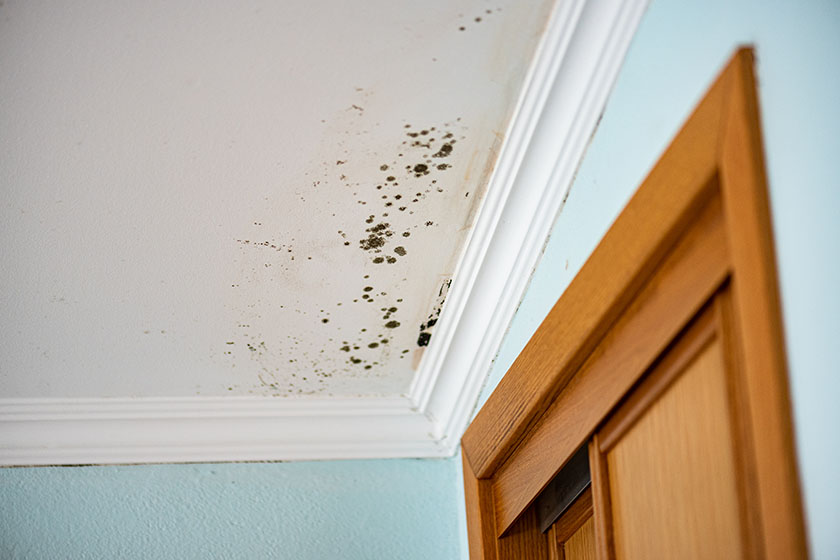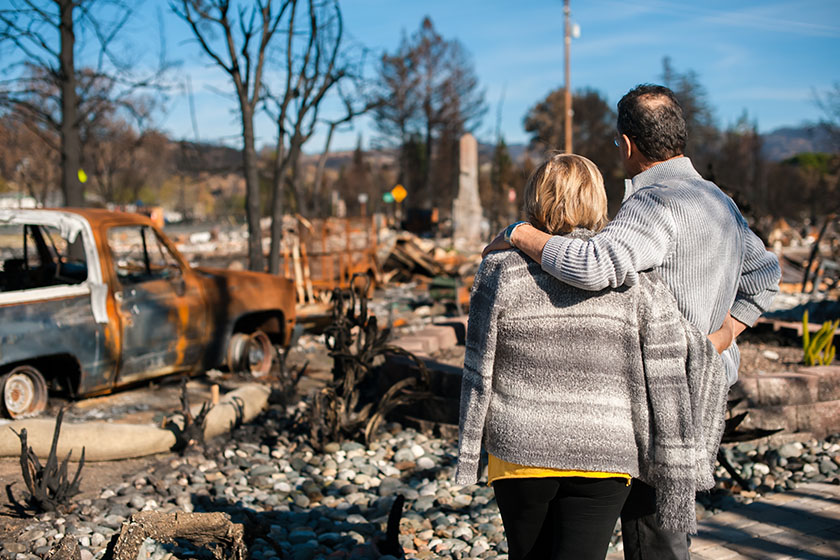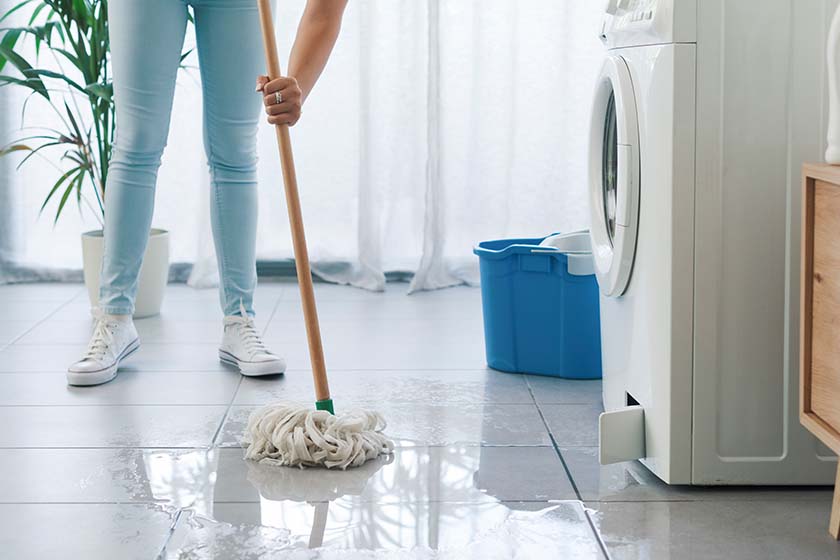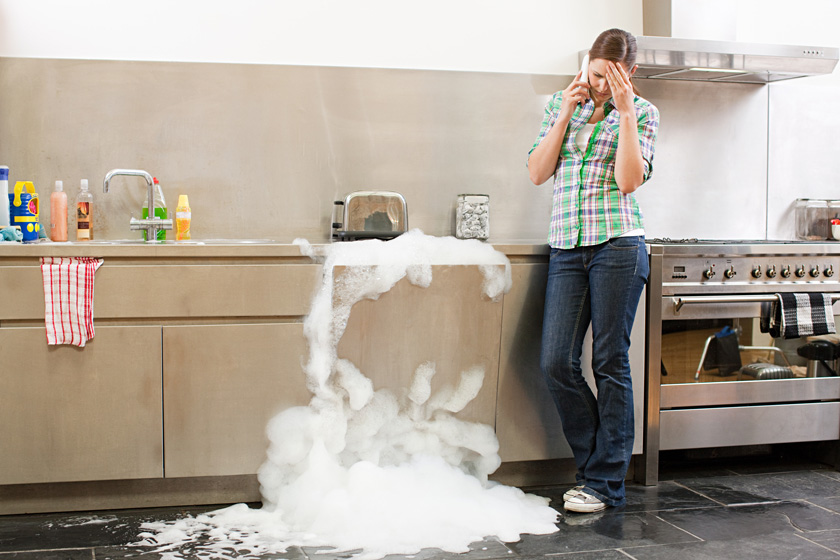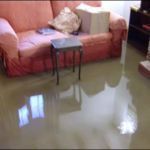
Depending upon the scope of the water damage, you may want to call a fire and flood restoration professional. Here are some steps you should take in most flooding and water damage situations.
First and above all, before you begin working in the water damaged areas, inspect for safety hazards. Ensure that all electrical power and gas is off in areas affected by water damage. Look for tale-tale signs of mold growth, which can produce hazardous and even toxic spores that can trigger serious respiratory problems.
Inspect water damaged buildings for structural integrity, particularly if the water was present for an extended period. Check basements for cracks and structural weakness (erosion, crumbling) that can result if the basement was dried out while the ground around it was still waterlogged.
Wear protective clothing, gloves, goggles and head protection, and consider respiratory protection. Remember that flood water is likely to contain chemical and biological contaminants that pose a variety of health risks. Ensure that you wash and disinfect cleanup equipment and yourself after working in water damaged areas.
After carefully assessing the structure for safety hazards and taking appropriate precautions, you’re ready to assess the damage and plan to dry and restore the property. As you assess the damage, make sure you take photos, which may be useful when working with your insurance company.
Newer structures, homes and businesses should be dried out as quickly as possible to minimize the growth of mold and reduce the risk of wooden and masonry structures rotting. You may consider using large fans, heaters or air conditioners to dry the property as quickly as possible. However older or historic structures should be dried more slowly and naturally to avoid splitting and cracking in aging, fragile materials.
Ironically, the place to start drying a home is often in the attic. Insulation in the walls can wick moisture up into the attic. The insulation can hold moisture for a long time, and heat concentrated in the attic can spread it, causing mold growth and rot in wood and masonry. Check your attic for water damage and remove any water-soaked items and insulation.
Inspect water damaged rooms for wet plaster and sheetrock. You may have to remove and repair plaster, and almost certainly will have to replace sections of sheetrock. Open windows for ventilation and, if your electrical system is dry and safe, and you have attic fan, turn it on.
Once you have the structure ventilated and have removed waterlogged materials, sheetrock, carpeting, etc., clean the area thoroughly with a solution of bleach and water or other disinfectant. Wash walls, doors, stairs, rails, mantels, trim and other features to remove mud and residue.
If wood floors are warped, drying them may restore their original shape. However you may need to use weights or shoring to reduce or correct warping. Historic or aged wood flooring may crack if dried too quickly with forced, heated air.
If you have water damage to your home, these tips can help you get started safely cleaning and restoring your property. Remember, if you need help tackling hazards and cleanup challenges, you can call Abbott’s Fire and Flood Restoration at 303-975-4000 any time, day or night, for experienced, professional help.


